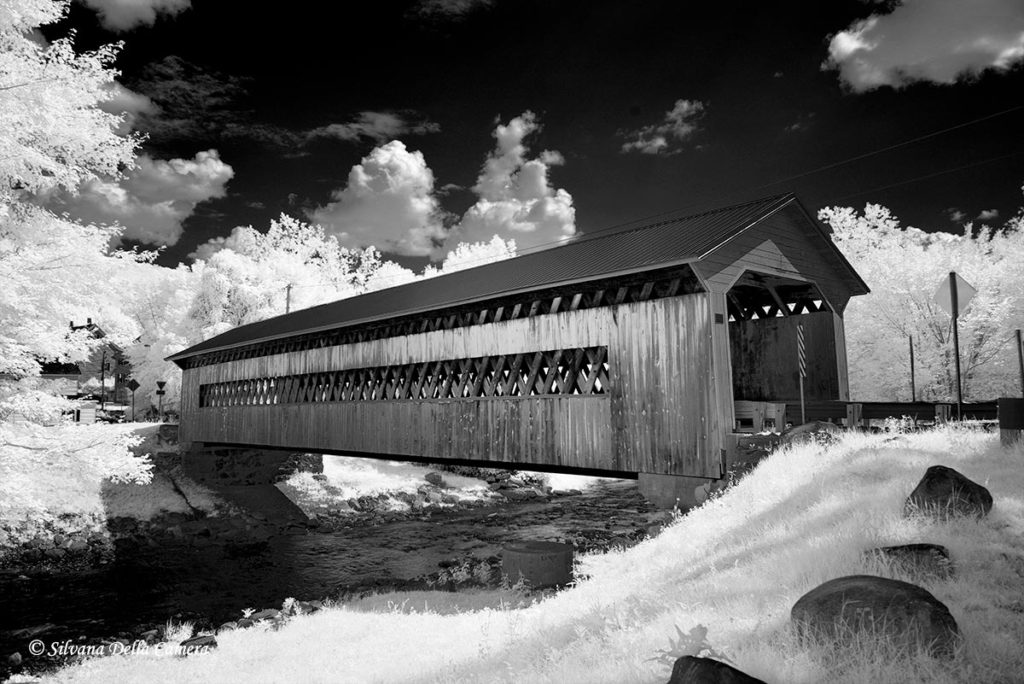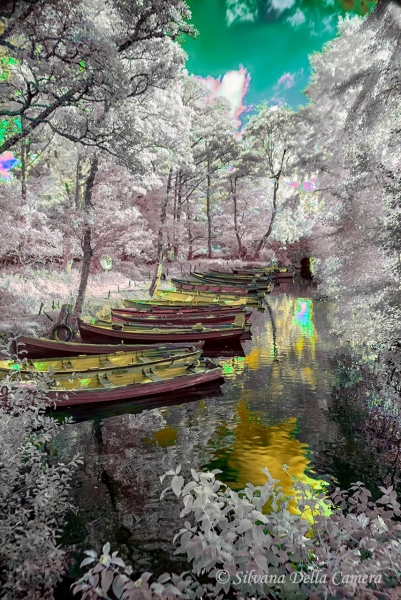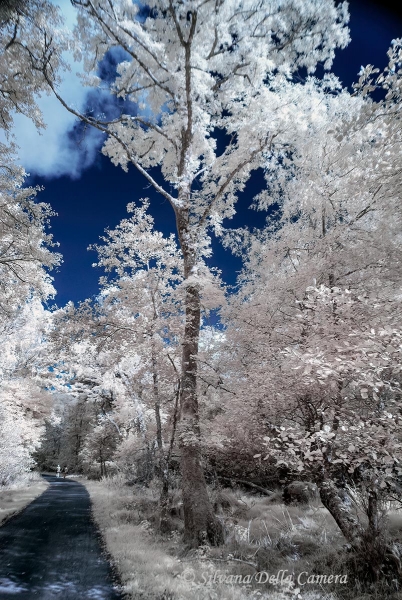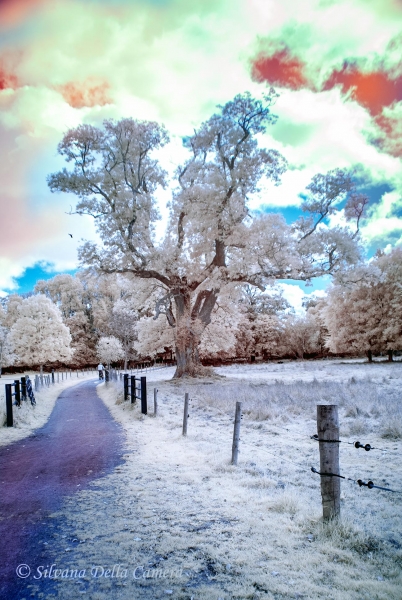
I’ve been fascinated with infrared photography since my days of shooting film. This fascination (obsession is more like it cough cough) started very early in my photographic life. Film IR was a challenge to shoot in many ways. It was difficult to find IR film; it was not simple to shoot as it was sensitive to light leaks and the various IR films behaved differently. It wasn’t easy to find a lab you could trust to have it developed unless you did it yourself. If you succeeded in finding a lab, the cost of developing a roll of IR film was much higher than a regular roll of film due to the special handling required. In today’s world of digital photography, IR has become much easier to shoot and so, it is becoming more mainstream.
So what is infrared photography and why shoot it? For me, it is a fascination with the unseen. Humans can see only a tiny sliver of the electromagnetic spectrum. We don’t see wavelengths that are shorter (past the blue) or longer (past the red). Insects, birds and some mammals see a wider range of the electromagnetic spectrum. Infrared photos allow us to see more than what our eyes perceive. When we speak about infrared photography, we are actually talking about near-infrared. There are three parts to creating IR, near, mid and far. So, when looking at the electromagnetic spectrum, 700-900nm (nanometers) is what we are working in.
IR has different light qualities. Black or dark fabric appears light grey or white. Leaves appear white or whitish. Sunglasses become translucent. Skin appears very smooth. Infrared cuts haze and because of how clearly it distinguishes organic material from inorganic, it is used in scientific, medical, and forensic applications. When converting an IR image to black and white, it transforms into a very detailed and crisp image.
If you have an old digital camera collecting dust, it is a good candidate for IR. Just about any digital camera can be converted. Some people buy kits and convert their cameras themselves (not my cup of tea). Just be aware, some lenses suffer from hotspots with IR. This is due to the fact lenses are designed to shoot visible light. Not all lenses suffer from hotspots, so check out the online databases to see if your lens is a culprit or not. Sometimes changing the aperture will mitigate the hotspot. Also, focus occurs at a different point with IR. Focusing using the viewfinder will often cause an out of focus image, so use live view when focusing. If you don’t have a camera with live view, select a lens in your kit that doesn’t suffer from hotspots and send it in with the body at the time of conversion and they will calibrate it to shoot with that lens.
Are you ready to step into the “Infrared Zone”?
All Images Copyright 2019 by Silvana Della Camera
https://www.instagram.com/silvanadphotography/
![]()





